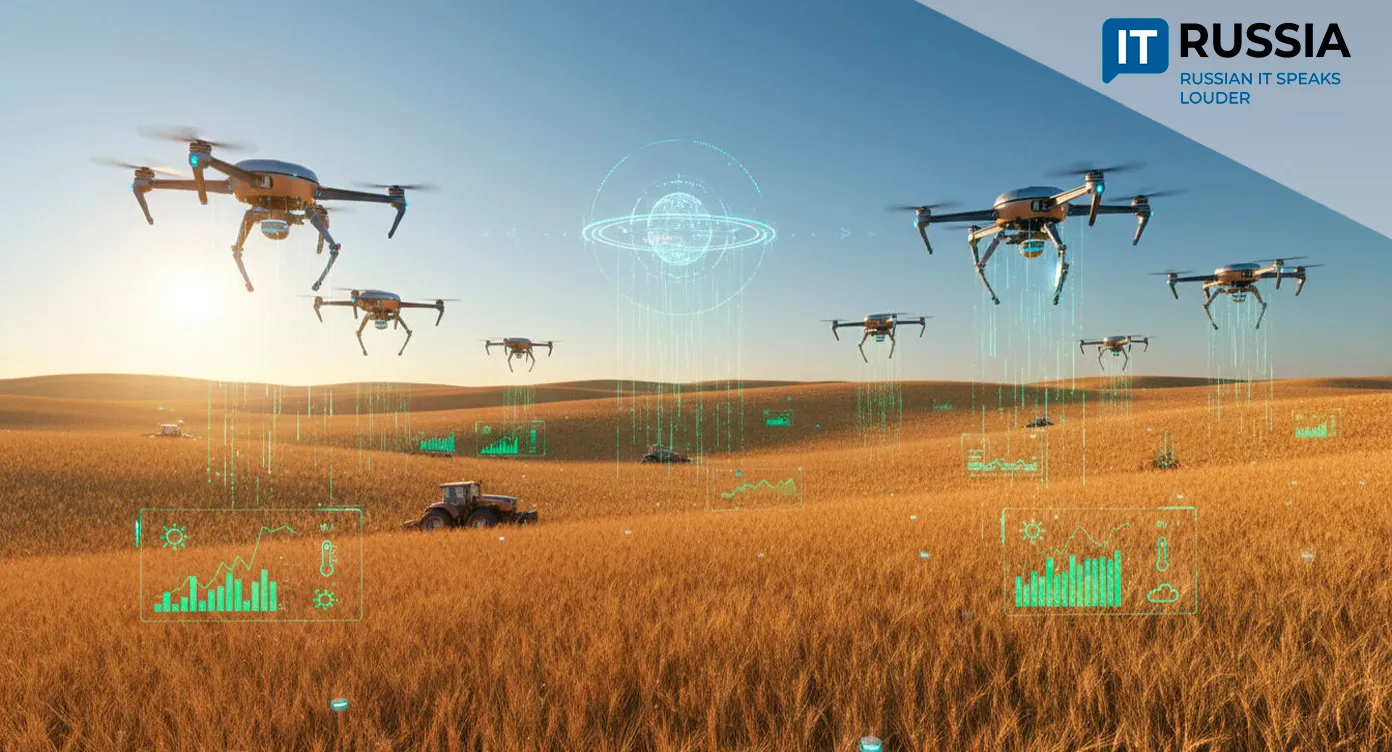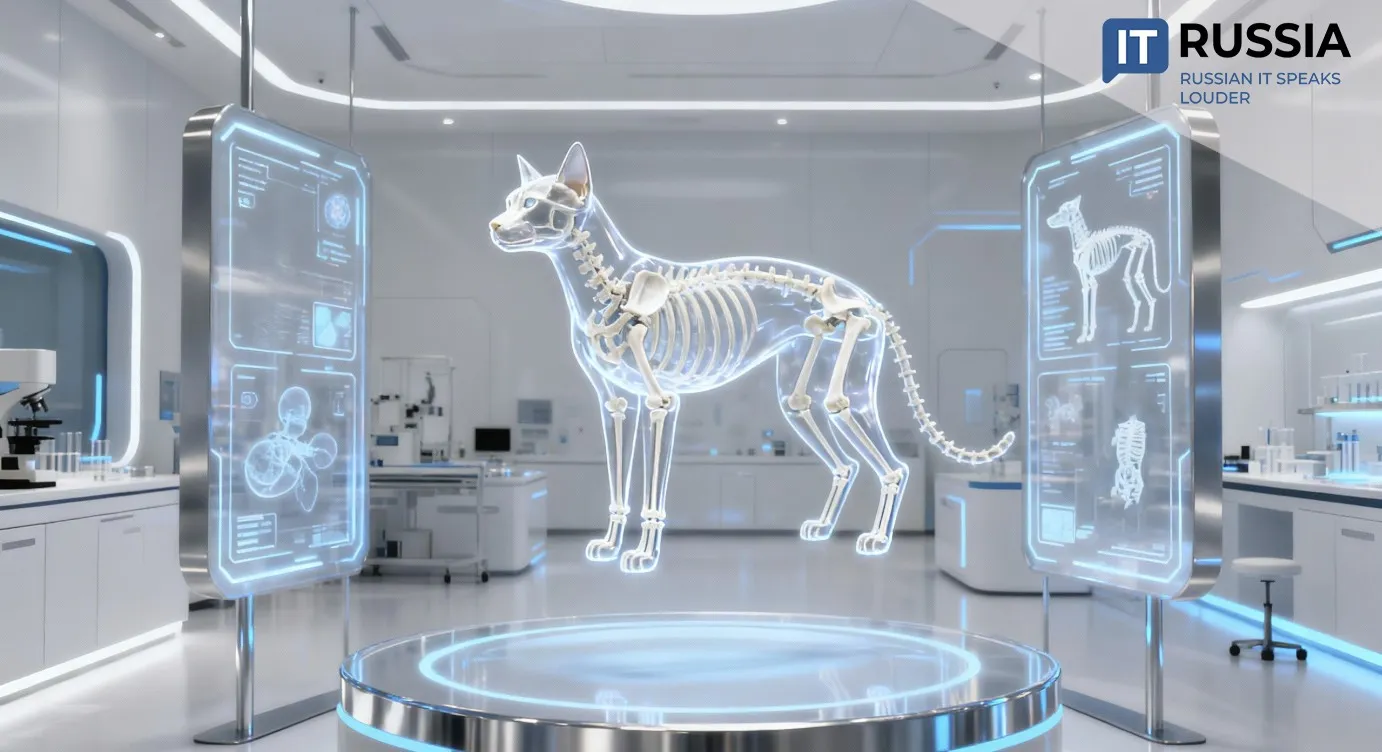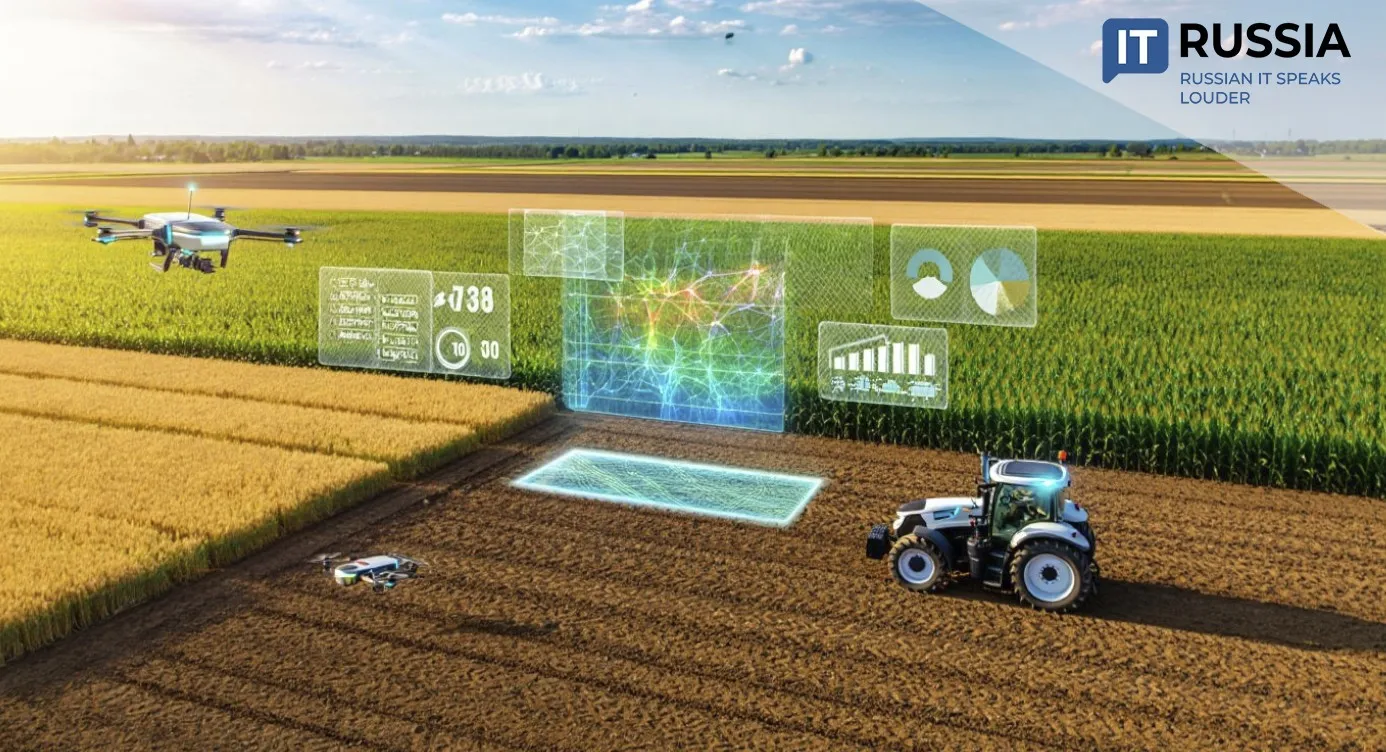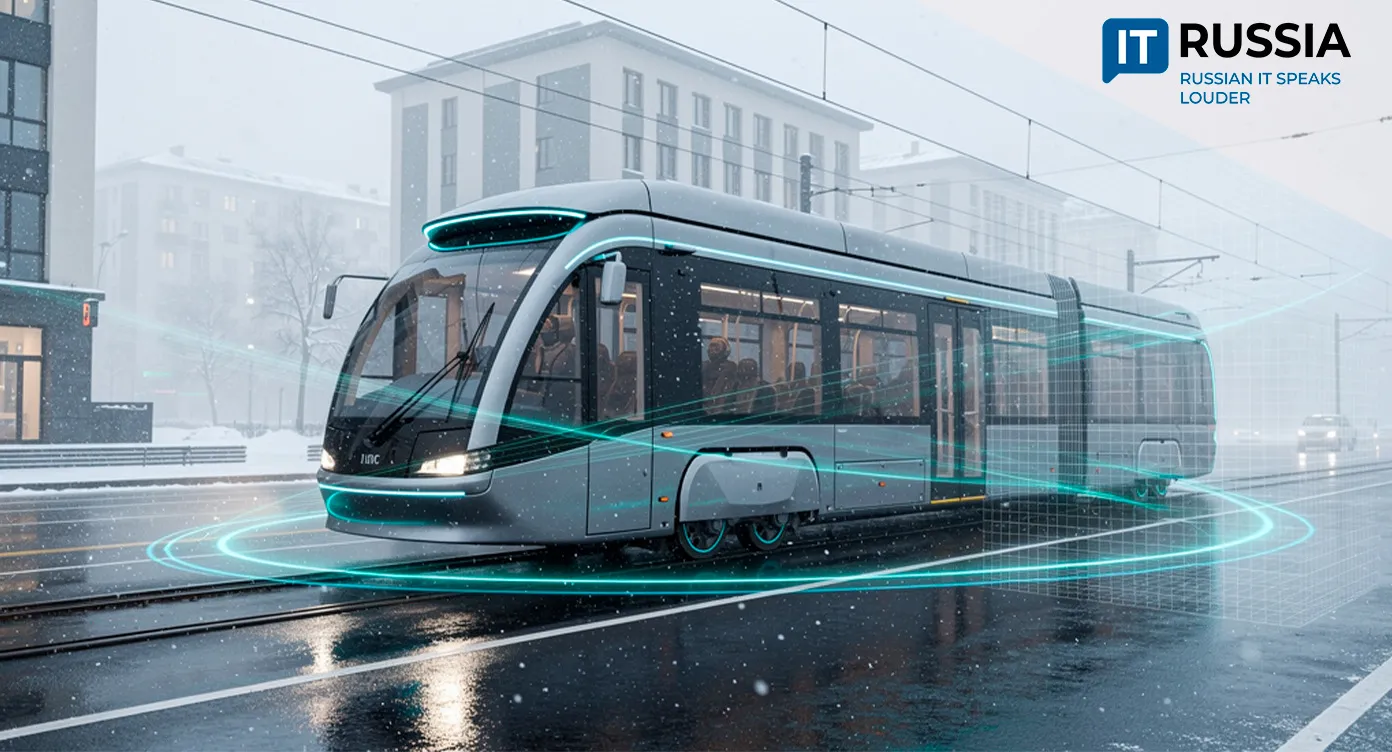Russia Turns M-12 Highway Into Testing Ground for Autonomous Freight Trucks
Russia’s government has approved an unprecedented initiative to transform the strategic M-12 Vostok highway into a digital platform for testing fifth-level autonomous trucks. The project could redefine the country’s logistics network and accelerate the global race toward driverless freight transportation.

Autonomous Future of a Strategic Artery
A comprehensive roadmap has been approved to introduce fifth-level autonomous vehicles — fully driverless freight trucks — on Russian roads. The plan outlines three priorities: establishing a legal framework for public road operation, developing and testing fifth-level automation technologies, and designing a market concept for autonomous freight by 2035. A central element of the initiative is the creation of digital twins of road infrastructure, scheduled to go live by the end of 2026.
The M-12 “Vostok” highway, connecting Moscow with Kazan through Nizhny Novgorod, Chuvashia, and Tatarstan, will serve as the pilot testing ground. A digital twin is a high-precision virtual model of the road equipped with V2X communication systems, allowing real-time interaction between vehicles and infrastructure.
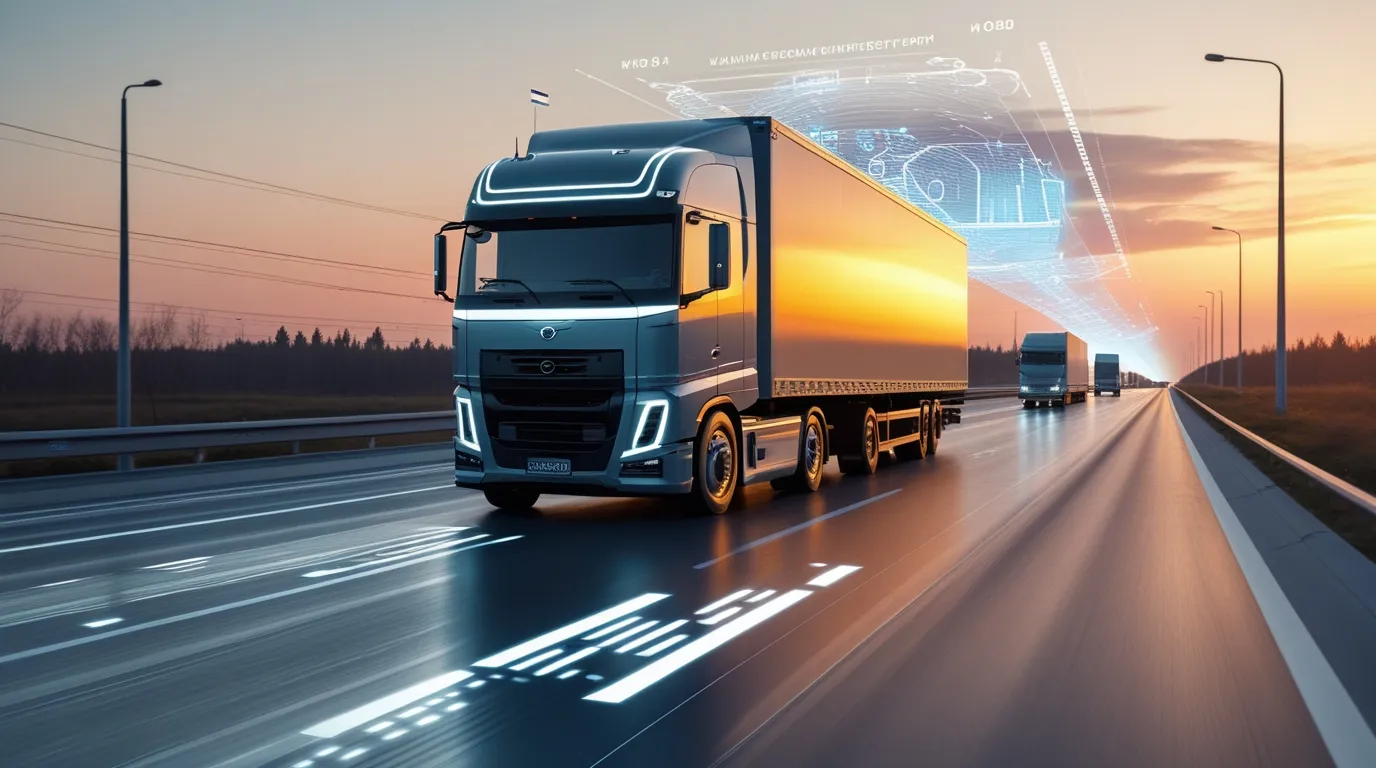
Currently, 90 third-level automated trucks are operating on Russian highways with onboard safety engineers. By late 2026, testing will begin for a fifth-level prototype — a fully autonomous vehicle capable of operating without human intervention under any conditions. The Ministry of Transport will submit a draft law on highly automated vehicles to the government in the first quarter of 2026.
Beyond technology, the project represents Russia’s first attempt to systematically integrate digital twins of transport infrastructure with real-world autonomous logistics. For citizens, it promises improved road safety and delivery reliability. For the national economy, it’s a technological leap that reduces dependence on imported automation systems.
Toward Federal Expansion
If successful, the M-12 experiment will serve as a blueprint for scaling digital twin technologies to other federal highways. Russia already has an extensive base for expanding its autonomous corridors: since June 2023, 67 autonomous trucks have operated on the M-11 “Neva” route, covering 7.2 million kilometers and transporting 800,000 cubic meters of freight without a single accident. In April 2025, driverless freight operations launched on the Central Ring Road (CKAD), and by mid-year, 80 autonomous trucks were active on key national routes.
Autonomous freight transport has demonstrated strong economic performance. Driverless trucks maintain average speeds 11% higher than conventional vehicles — up to 90 km/h — and can operate continuously without breaks, improving delivery times and optimizing logistics. Fuel and component costs are expected to decrease by 10–14% on routes exceeding 1,000 kilometers, while mechanical wear declines thanks to smoother driving patterns.
The export potential of Russian autonomous driving and digital twin technologies lies in their ability to perform in extreme climates and rugged road conditions. These systems could be particularly valuable for countries with developing infrastructure, offering proven reliability across markets in Asia, Latin America, and allied states seeking advanced logistics modernization.
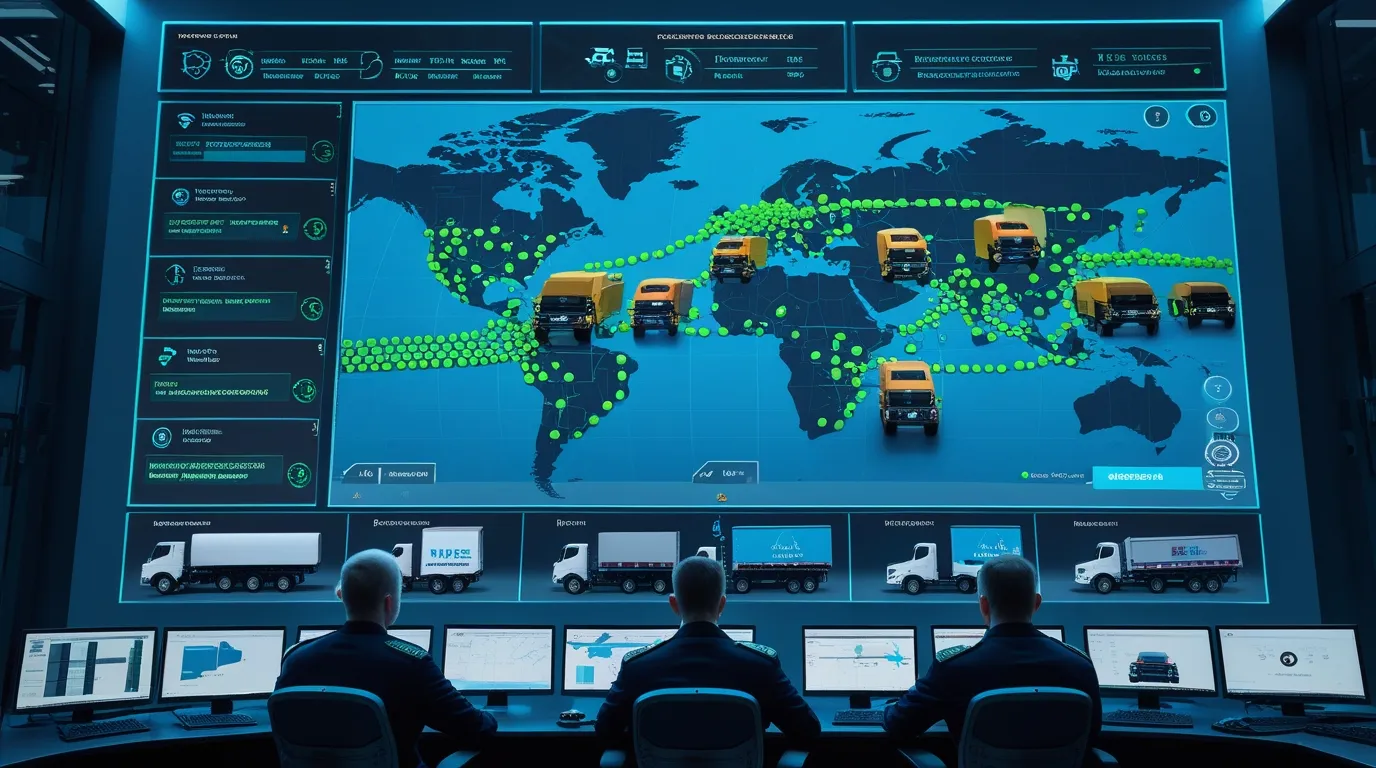
Global Competition in Autonomous Logistics
The Russian initiative is unfolding amid global competition for leadership in autonomous transport. Europe’s MODI project is advancing automated freight operations along the Rotterdam–Oslo corridor, testing coordination systems for cross-border driverless trucking. Companies such as Plus, in partnership with IVECO and major logistics providers, have successfully demonstrated semi-autonomous freight operations, confirming the commercial viability of the technology.
In China, digital twin ecosystems for transportation infrastructure are being actively developed. The East Yangang district in Shenzhen employs a comprehensive digital twin system to manage complex road interchanges, integrating IoT sensors and artificial intelligence for real-time traffic optimization. This shows the scalability of the technology to entire metropolitan areas.
Russia’s distinct approach emphasizes the full integration of digital twin systems with real-world freight logistics. Autonomous trucks are already operating commercially on the M-11 highway for leading companies such as Navio, NatCar, Globaltruck, PEK, X5 Group, Magnit, Gazpromneft-Snabzhenie, and Wildberries.
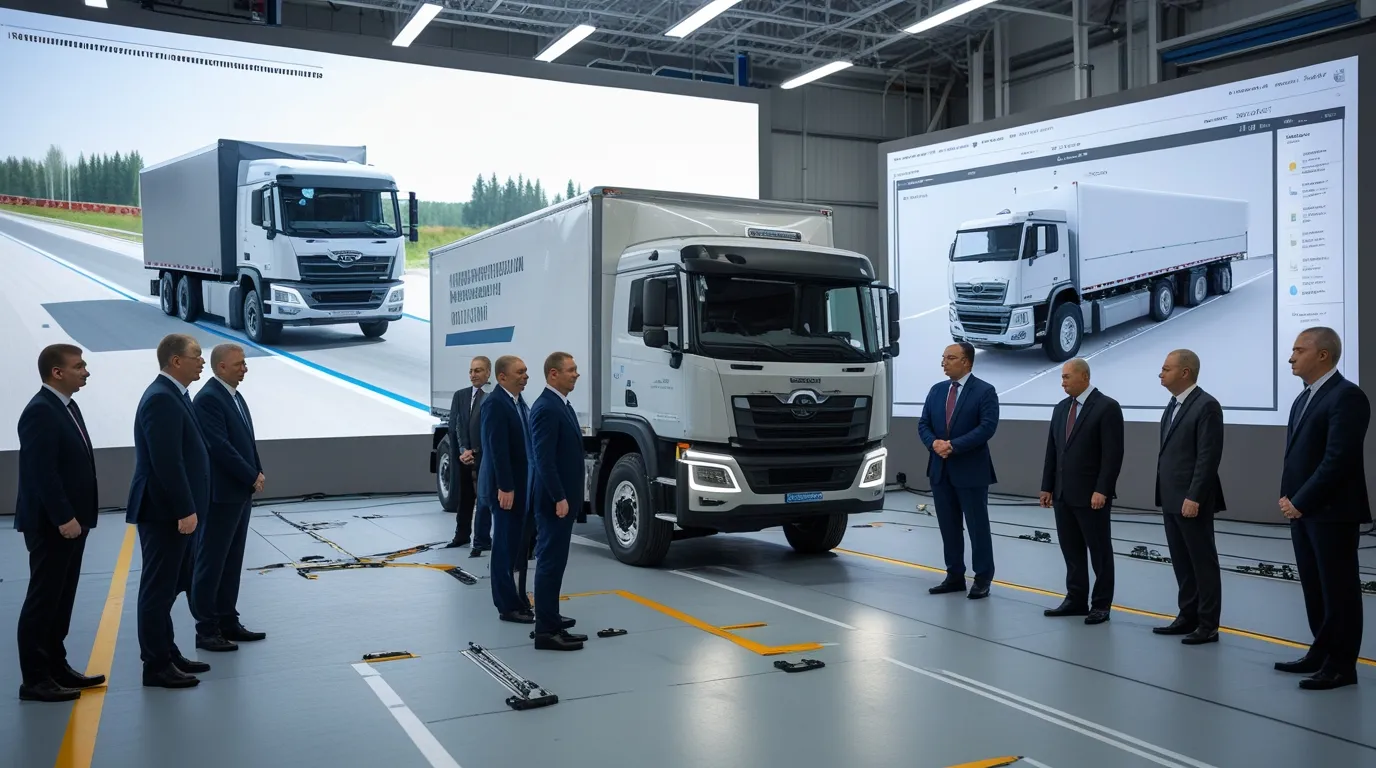
Road to the Future of Driverless Logistics
Russia’s initiative to digitalize its national transport network marks the beginning of a new era in logistics. By 2027, driverless corridors are expected to expand to the M-4 “Don” highway, creating an autonomous freight route from Moscow to southern Russia. Prime Minister Mikhail Mishustin has directed the Ministry of Transport to explore launching unmanned freight operations along this key corridor.
By 2030, Russia aims to establish full-scale autonomous highway corridors and cover all federal routes with digital twin infrastructure. Predictive maintenance services, route optimization systems, and real-time road monitoring will be developed on this foundation. The national autonomous truck fleet is projected to reach over 10 million kilometers of total mileage, transporting up to 1.5 million cubic meters of freight annually.
By 2035, Russia plans to form a mature market for autonomous freight with standardized legislation, international certification, and export-ready technologies. The country aims to become a global leader in autonomous transport under harsh climatic conditions, setting an example of large-scale deployment on public roads in extreme continental climates.
Exporting Russian digital twin and autonomous control systems could pave the way for new international cooperation in intelligent infrastructure and smart logistics development.






